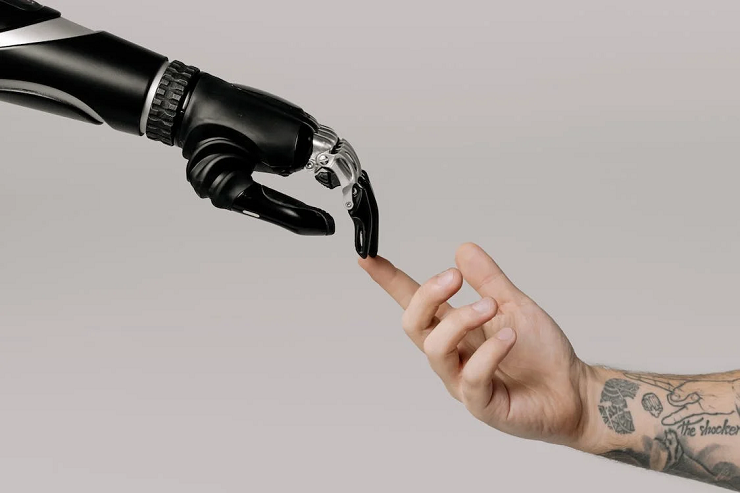
In today’s digital age, two technological juggernauts, Artificial Intelligence (AI) and the Internet of Things (IoT), have been making waves in transforming industries and enhancing our everyday lives. These two innovative realms, although distinct, are increasingly intertwined, forming a powerful synergy that unlocks new possibilities and efficiencies. This blog will explore how AI and IoT work together, exploring their complementary roles, real-world applications, and potential for the future.
Understanding IoT: The Connective Tissue
The Internet of Things, often called IoT, is the backbone that connects physical devices and objects to the digital world. IoT is a vast network of devices that communicate with each other, gather data, and share information through the internet. These devices can range from everyday appliances like refrigerators and thermostats to industrial machines and environmental sensors.
The critical components of IoT include sensors, connectivity, data processing, and actuators. Sensors collect data from the physical world, while connectivity enables data transfer to the cloud or other devices. Data processing involves analyzing the collected information, and actuators execute actions based on the analyzed data.
AI’s Role: The Brains Behind IoT
Artificial Intelligence, conversely, acts as the brain behind IoT. AI encompasses a variety of technologies that enable machines to simulate human Intelligence, such as machine learning, deep learning, and natural language processing. When integrated with IoT, AI adds the capability to make sense of the massive amounts of data generated by IoT devices.
Here’s how AI complements IoT:
-
Data Analysis
IoT devices produce colossal data. AI algorithms can sift through this data, identifying patterns, anomalies, and valuable insights that would be impossible for humans to discern independently.
-
Predictive Analytics
AI can forecast future trends and events based on historical data. For instance, in agriculture, IoT sensors can collect data on soil moisture levels, while AI can predict when irrigation is needed, optimizing water usage.
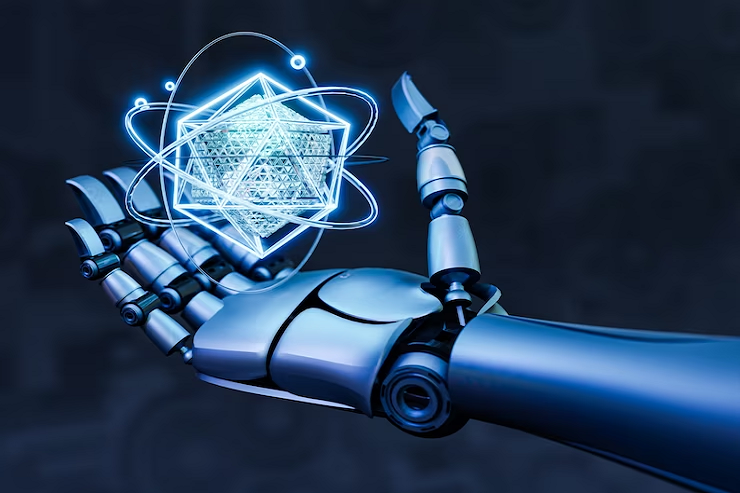
-
Automation
AI can trigger automated responses based on the data received from IoT devices. For instance, IoT-connected security cameras in smart homes can detect intruders, and AI can immediately alert homeowners or even call emergency services.
-
Enhanced Decision-Making
In industrial settings, AI can analyze IoT data in real-time to identify equipment failures or maintenance needs, allowing for proactive decision-making and reducing downtime.
Real-World Applications
The fusion of AI and IoT has already revolutionized various industries. Let’s explore some real-world applications:
-
Smart Healthcare
Wearable IoT devices can continuously monitor patients’ vital signs, while AI can analyze this data to provide early warnings of health issues. AI-driven chatbots and virtual nurses can also assist with patient care.
-
Smart Cities
IoT sensors in urban environments can monitor air quality, traffic flow, and energy consumption. AI algorithms can analyze this data to optimize traffic patterns, reduce pollution, and improve energy efficiency.
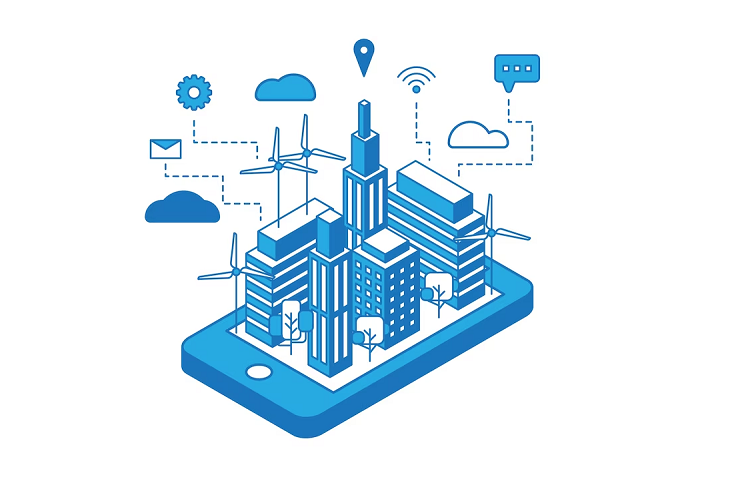
-
Precision Agriculture
IoT-enabled sensors gather data on soil conditions, weather, and crop health. AI can then provide farmers with planting, irrigation, and pest control recommendations, increasing crop yields.
-
Manufacturing
AI-powered robots and IoT-connected machines can work collaboratively on the factory floor. AI monitors equipment health and can predict maintenance needs, reducing downtime and production interruptions.
-
Autonomous Vehicles
AI and IoT are the driving forces behind autonomous vehicles. IoT sensors collect data from the vehicle’s surroundings, while AI processes this data to make split-second decisions for safe navigation.
-
Retail
IoT sensors track inventory levels, customer behavior, and foot traffic in stores. AI can optimize inventory management personalized marketing strategies, and improve customer service.
The Future of Synergy
The collaboration between AI and IoT is still in its infancy, and the potential for growth and innovation is immense. Here are some exciting possibilities for the future:
-
Edge Computing
Integrating AI capabilities directly into IoT devices at the edge (i.e., on the device itself) will reduce latency and enhance real-time decision-making.
-
Energy Efficiency
AI can optimize energy consumption in buildings and homes by analyzing IoT data and adjusting heating, cooling, and lighting systems accordingly.
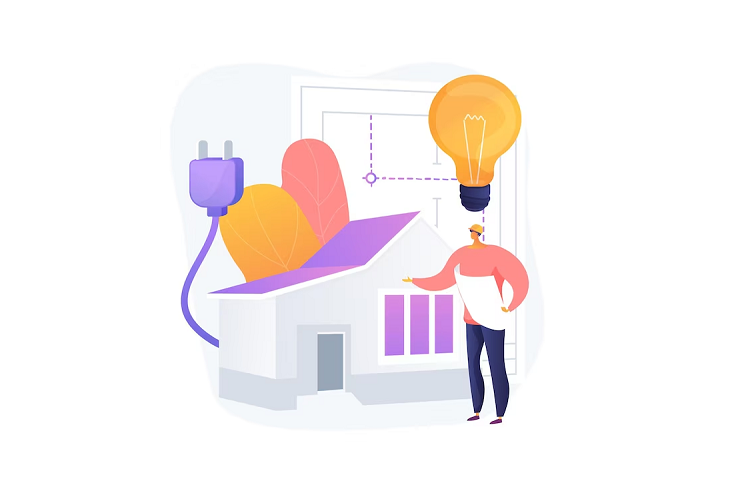
-
Healthcare Advancements
AI and IoT will continue to advance telemedicine, remote patient monitoring, and predictive healthcare, improving patient outcomes and reducing healthcare costs.
-
Environmental Sustainability
IoT sensors can monitor environmental parameters such as air quality, temperature, and water quality, while AI can analyze this data to drive sustainability initiatives.
-
Security And Privacy
As AI becomes more integrated with IoT, ensuring data security and privacy will be crucial. Advanced encryption and authentication methods will be essential.
Challenges And Concerns
While the synergy between AI and IoT promises numerous benefits, it also raises several challenges and concerns:
-
Data Privacy
The massive amount of data IoT devices collect poses privacy risks. Safeguarding sensitive information will be paramount.
-
Security Vulnerabilities
IoT devices are often vulnerable to cyberattacks. AI can help identify and mitigate security threats, but robust security measures are essential.
-
Data Overload
Managing and processing the sheer volume of data generated by IoT devices can be overwhelming. AI can help, but efficient data storage and processing systems are necessary.
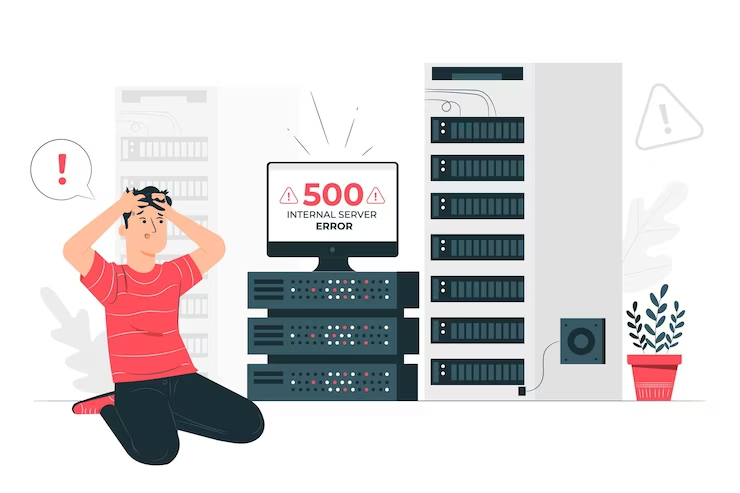
-
Ethical Considerations
AI decisions based on IoT data may have ethical implications. Transparent and responsible AI algorithms are needed to address these concerns.
Conclusion
Integrating AI and IoT marks a pivotal moment in the history of technology. Their synergy reshapes industries, improves efficiency, and enhances our daily lives. As we move forward, addressing the challenges and ethical considerations associated with this partnership is crucial while exploring the limitless possibilities it offers. With responsible development and thoughtful implementation, AI and IoT will continue to shape a brighter and more connected future.
